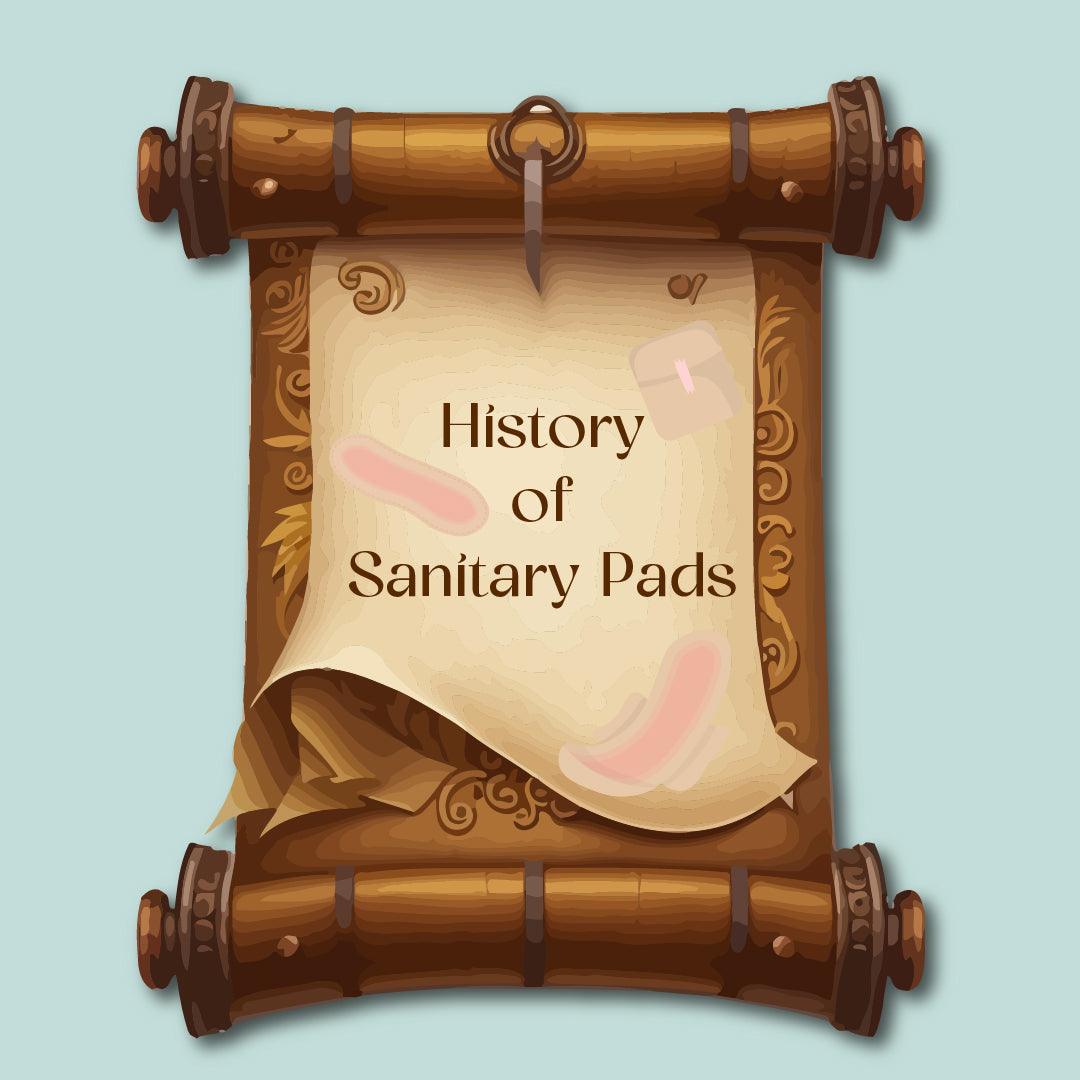Sanitary pad's development manifests this struggle toward female empowerment and societal evolution. This history, from simple steps to the invention of the modern, most hygienic pads, reflects not only progress in personal hygiene but also a greater awareness of women's health needs. Below, we reveal how sanitary pads have developed throughout the years, thereby analyzing their contribution to women's lives and their significance in the quest to attain gender equality.
From Cloth to Innovation: Day One
The saga of the sanitary pads goes back to an era when the issues of menstruation were hush-hush subjects. Women would use old clothes, which were not effective at all and were not the most hygienic method, but that was what they could afford. The absence of hygienic commercial products not only made life difficult for women but also kept the discussion about menstrual health under the carpet.
The Turn of the Century: Sanitary Pads Swoop in the Picture
The appearance of the first commercial sanitary pads marked the beginning of a real revolution during the late 19th and early 20th centuries. These items are a very rough sample of the comfortable and covert options available today. They were quite unwieldy; sometimes, a belt or pins had to be used to secure them, and because of the prevailing taboos and lack of marketing dedicated to women, they were not widely accepted.
Post-War Progress: Innovation and adoption
World War I saw a tremendous leap in the menstrual hygiene products industry. Nurses using the highly absorbent material for bandages in an innovative way gave an impetus to the development of better pad models, which were more effective and comfortable. The introduction of the earliest disposable pads in this era also marked a monumental milestone in terms of convenience and hygiene. Nevertheless, the widespread acceptance and popularization of these products were still hindered by society's prejudices and the hesitance of stores to show these products in their display windows.
The Age of Freedom: Self-Stick Strips and Beyond
The 1970s witnessed an incredible change with the introduction of self-adhesive strips; hence, belts and pins were no longer needed. This innovation turned out to be the symbol of freedom and ease for women, which in turn made possible more active lifestyles with no fear of menstrual leaks. The following years were characterized by the progress of the technologies and designs, i.e., the thinner, more absorbent pads and wings for extra security.
The Modern Era: Various needs and sustainable alternatives
The evolution of sanitary pads today is an embodiment of a wider understanding of the diverse menstrual needs as well as a gradual recognition of environmental sustainability. Some of the best sanitary pads today have features, including organic materials, customization for different flow ranges, and eco-friendly, biodegradable options. Brands such as Time Pads take the lead with technical superiority and the commitment to women's health and the environment.
Empowerment and Accessibility: Smashing Obstacles
The transition from rag pads to advanced, environmentally friendly pads is the battle for women's rights and empowerment. Uninterrupted access to safe and dependable sanitary products remains the primary issue that prevents girls from continuing their education, being healthy, and achieving equal rights. Organizations, both local and international, are making efforts to eliminate the preconditions to access so that menstrual hygiene becomes a norm and not a privilege.
Looking Forward: Sanitary pads are a standard requirement of women all over the globe
The future of sanitary pads has to be linked to continuous innovation, which should include sustainability and inclusivity issues. Our ambition for the future is to develop products that not only fit the lifestyles of women everywhere but also reflect our commitment to conservation. The development of sanitary pads will keep in step with the changes in society that are characterized by greater equality for women and environmental awareness.
Conclusion:
The narrative of sanitary pad development is a story of how people improved and liberated themselves. The sanitary pad, from its humble beginning to today, is a tool for better women's health and rights and symbolizes a journey to a more caring and thoughtful society. In fact, Time Pads and other brands are the front-runners in this journey, making sure that the road is heading for a brighter future full of new discoveries and sustainable solutions.



